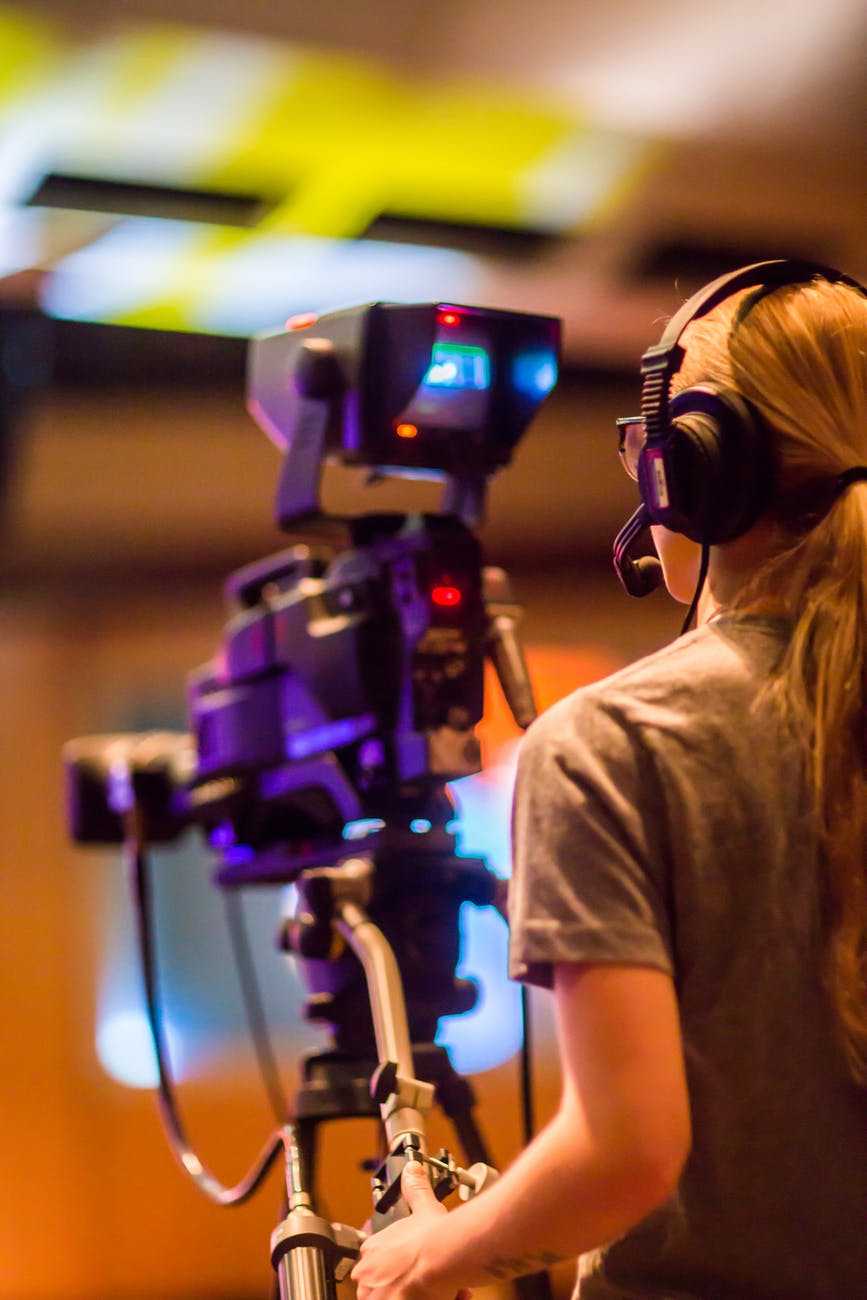PAL and HDTV have been the most popular formats among the various types of digital video
production in recent years. However, the newest formats are only a few years old, and the
technology behind them is constantly evolving. Although HD-TV and PAL are mostly used in
professional productions these formats are also available for consumer usage. There are many
differences between them. If you’re planning to make a professional-grade video, PAL is
probably the best choice for your needs.
Digital video production is complex. A single oversight can cause disaster. Post-production will
be more time-consuming if you use a low resolution camera. Landscape orientation will make
editing much more difficult. Poor lighting will also affect the clarity and usability of audio. Follow
the tips to ensure the best quality of your video. These tips will ensure that your video is of the
highest quality.

A digital video production certificate will prepare you for entry-level jobs in this exciting field. The
course focuses on the basics of video and audio production, including using professional-grade
equipment. In addition to capturing quality video, students learn how to operate digital cameras,
create storyboards, interview subjects, and produce high-quality video. After graduation,
students will be ready to enter local competitions or air their own video productions through
Public Media Network stations.
Post-production is also a part of digital video production. This involves the editing and combining
raw footage to create a finished product. It includes overlays, audio edits, color correction, and
transitions between scenes. The finished product is often a promotional or educational piece,
and can be distributed to the public. In some cases, a video may be broadcast live or recorded
after the event. The process is more complicated than a live event.
A certificate program in digital production is designed to prepare students for careers as
producers, directors, and professionals in the digital video industry. The program focuses on
pre-production, production, and post-production, and it prepares students to work as producers,
directors, audio engineers, and technicians. Students learn how to be autonomous and work
together, and develop the skills necessary to produce professional-looking footage. In addition,
students learn how to synchronize soundtracks and images.
